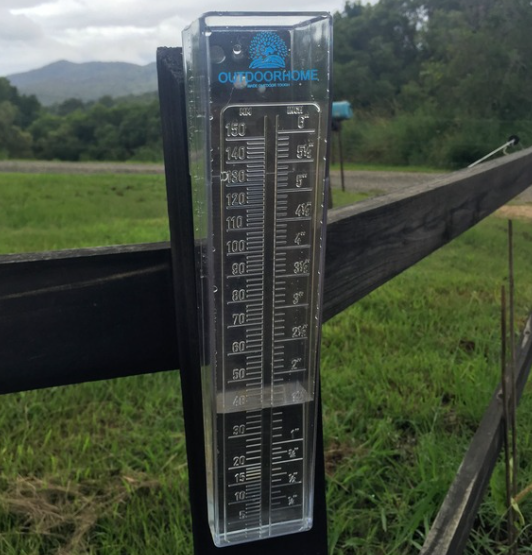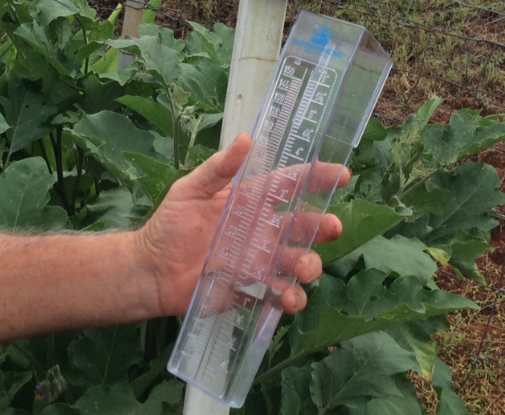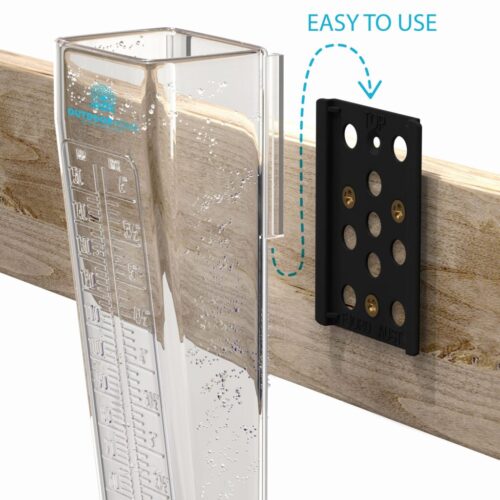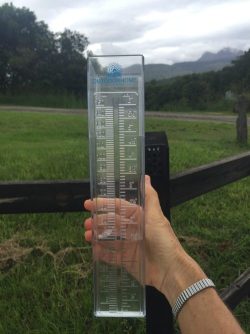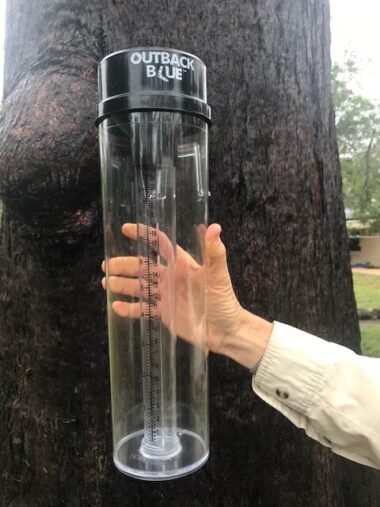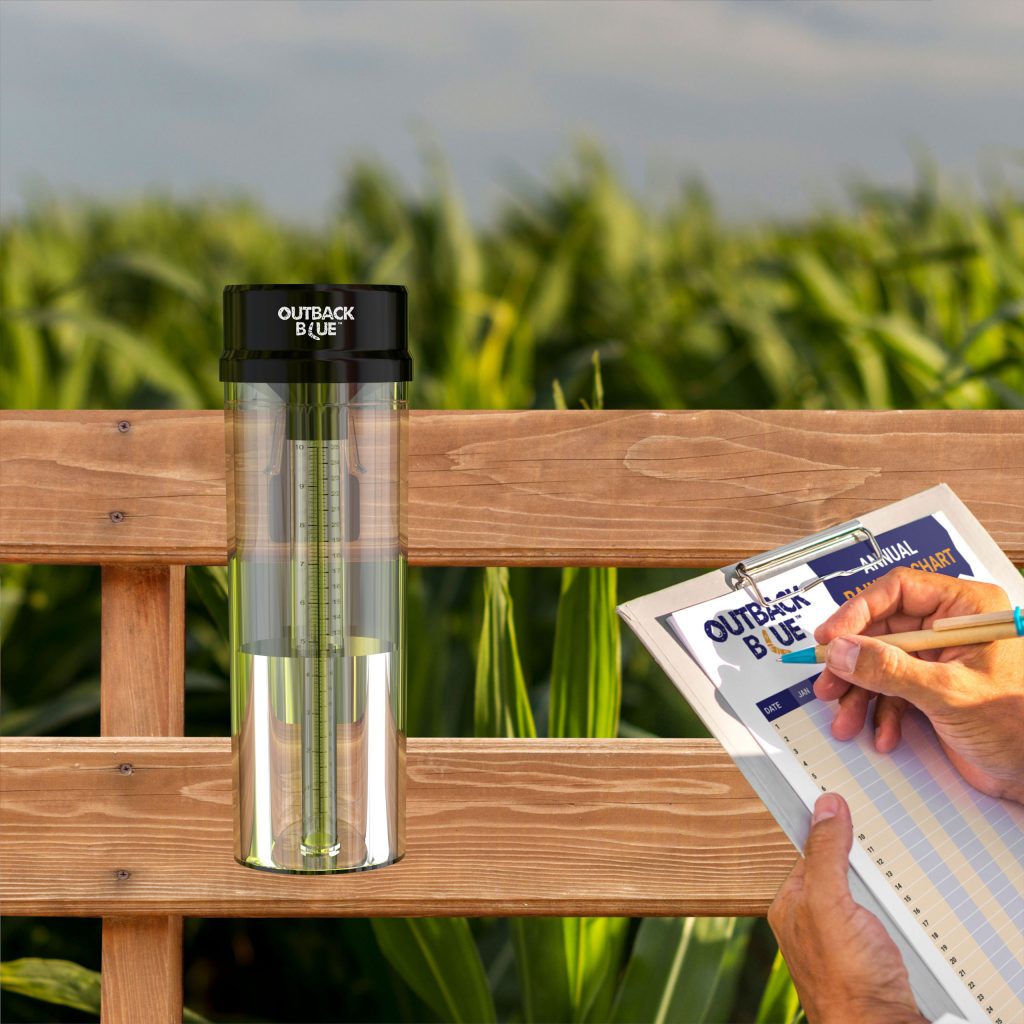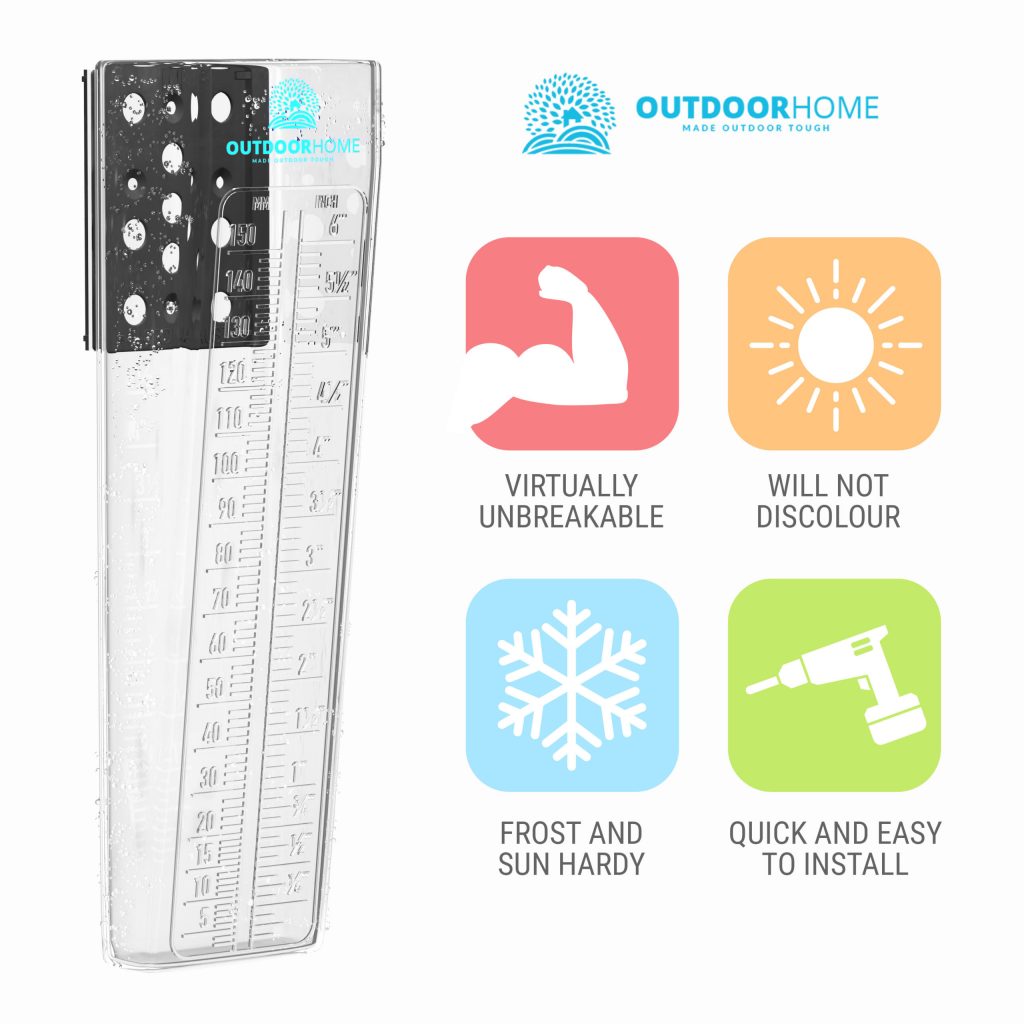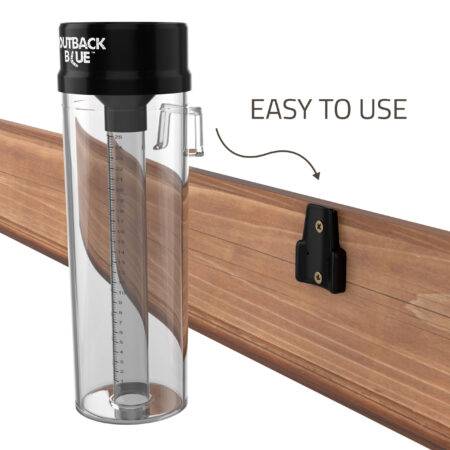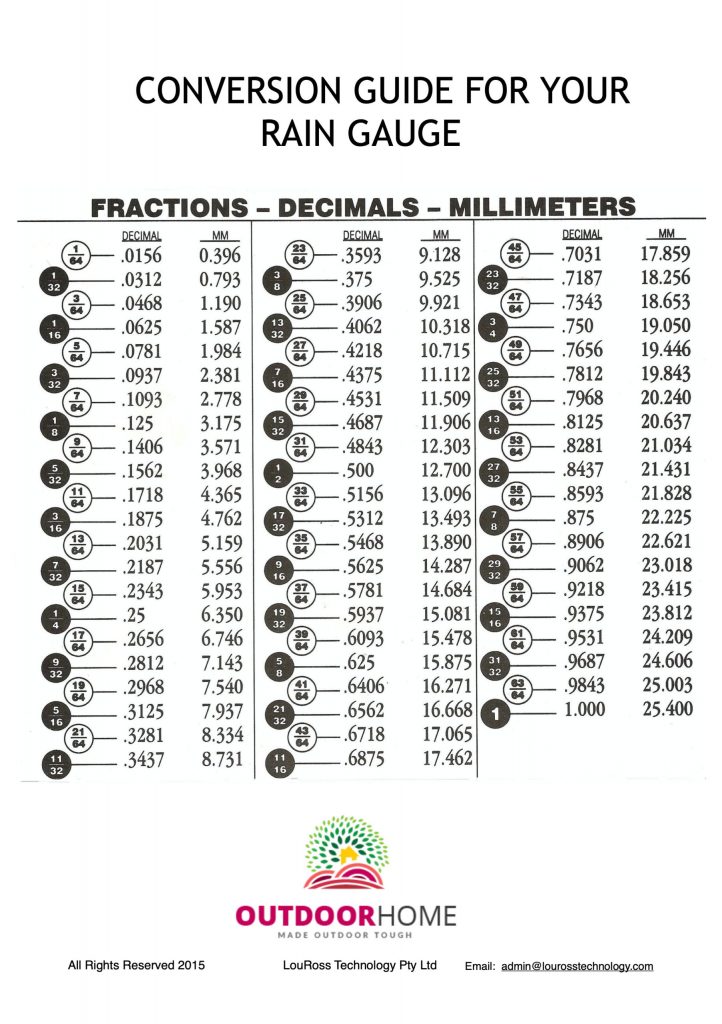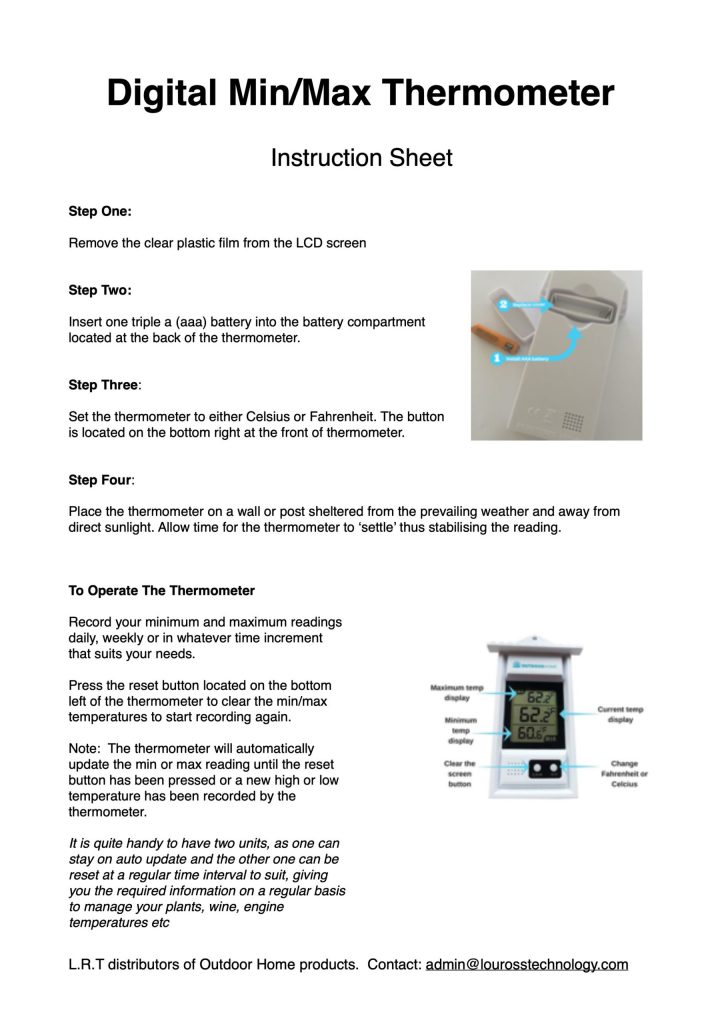Back in the old days...
Measuring rainfall shouldn't be a complex process that requires you to set up electrical devices and install an app. Our ancestors measured rainfall just fine before the invention of the internet! If you're looking for a good ol' analog solution - you're gonna love this simple fence-mounted rain gauge.
Check out the Outdoor Home Rain Gauge on Amazon
Optimize your watering schedules, plant health, and overall garden maintenance with the Outdoor Home Rain Gauge!
This manual rain gauge requires no complicated electronics, calibration, or adjustments. You can easily read and record real-time results without data transmission delays or errors.
With its 6-inch capacity, the Outdoor Home Rain Gauge suits most local climates. Readings can also be taken in millimeters, offering finer granularity for small changes in precipitation - especially beneficial for measuring short-term rain intensity and assessing drought risks in low-rainfall regions.
The rain gauge only needs to be secured to a post or fence - and can be positioned in a variety of environments like vegetable and flower beds, together with container, and rock gardens where water conservation is essential.
Made from polycarbonate plastic, the sturdy rain gauge is resistant to frost and UV radiation. It is virtually unbreakable and will not discolor or become cloudy when exposed to the elements.
The Perfect Gift For Gardening and Weather Enthusiasts
Alongside its use in home gardens, LouRoss Technology’s device can be utilized by farmers and agriculturalists for crop planning, soil erosion assessments, and irrigation management.
It's also a popular birthday or housewarming gift for weather enthusiasts and climate science and hydrology students. So if you have a birthday coming up, you know what to do.
You can purchase the Outdoor Home Rain Gauge on Amazon for $28.95. Get it delivered worldwide via Amazon Global Shipping!
A satisfied customer said: “This rain gauge is so easy to install - it took me less than a minute to put it up. It’s very easy to read and use, plus it’s not made of glass so it’s less likely to break in bad weather or hailstorms (which is why I had to replace my first one). I’d definitely recommend it.”
For the dependable rain gauge you need to keep your garden growing strong, visit Outdoor Home's Amazon store today!
To get yours now, go here.

